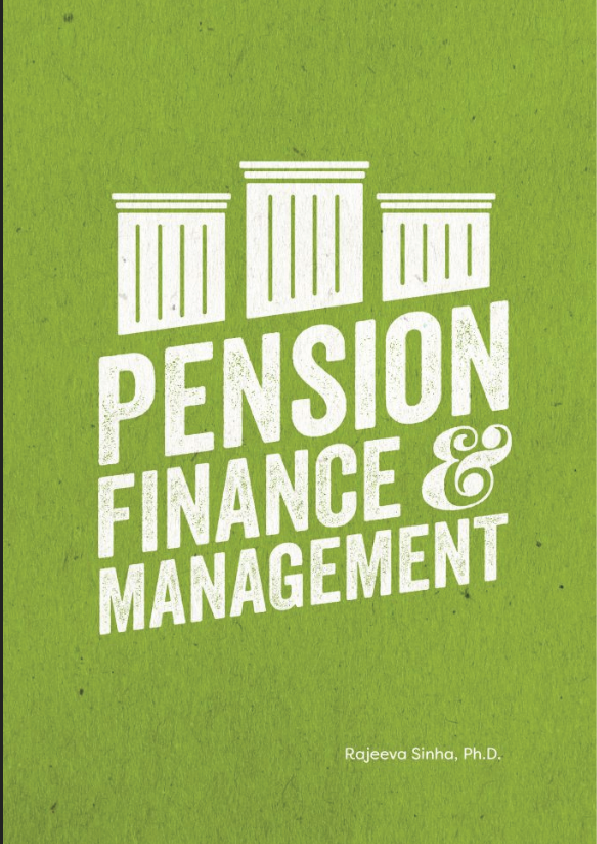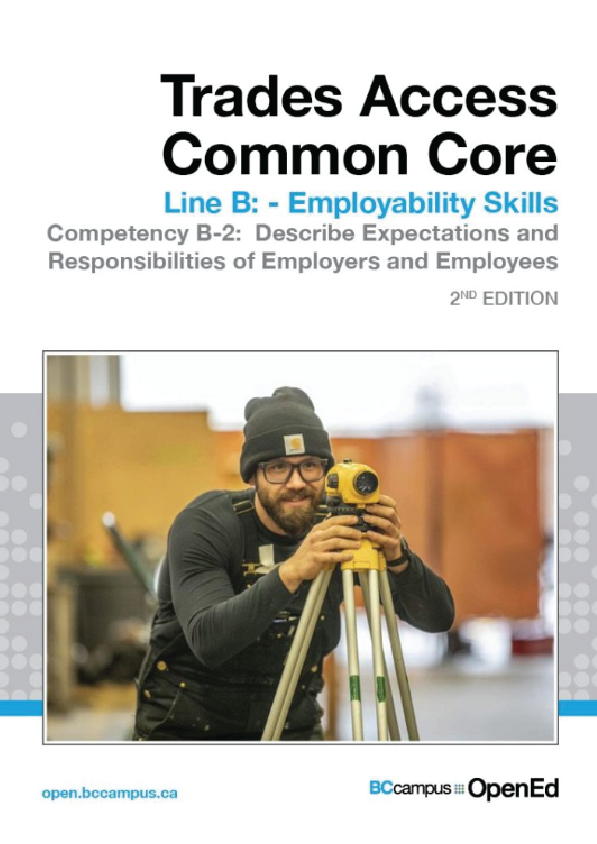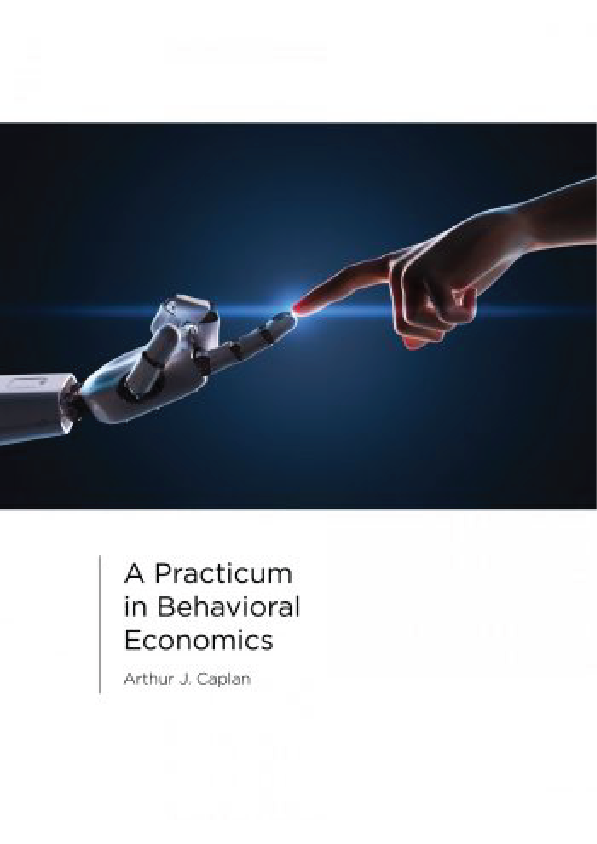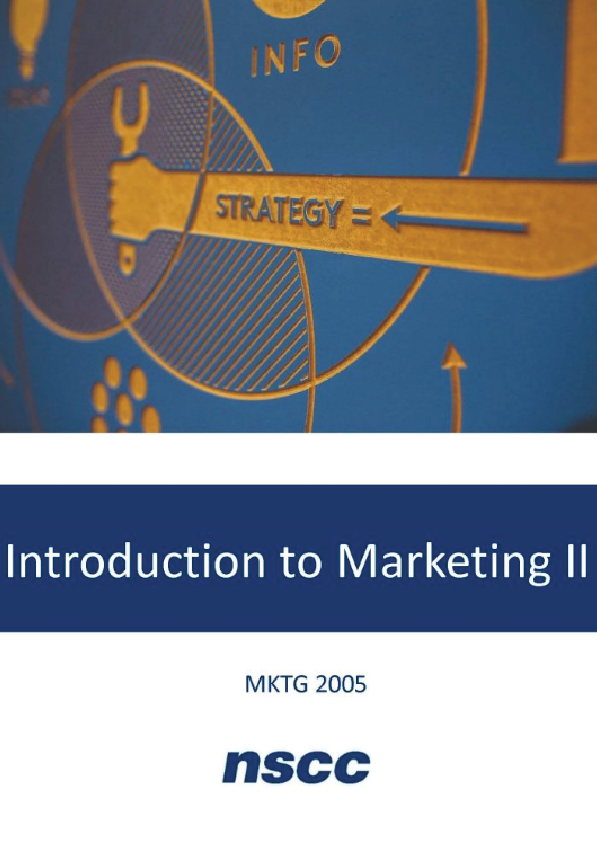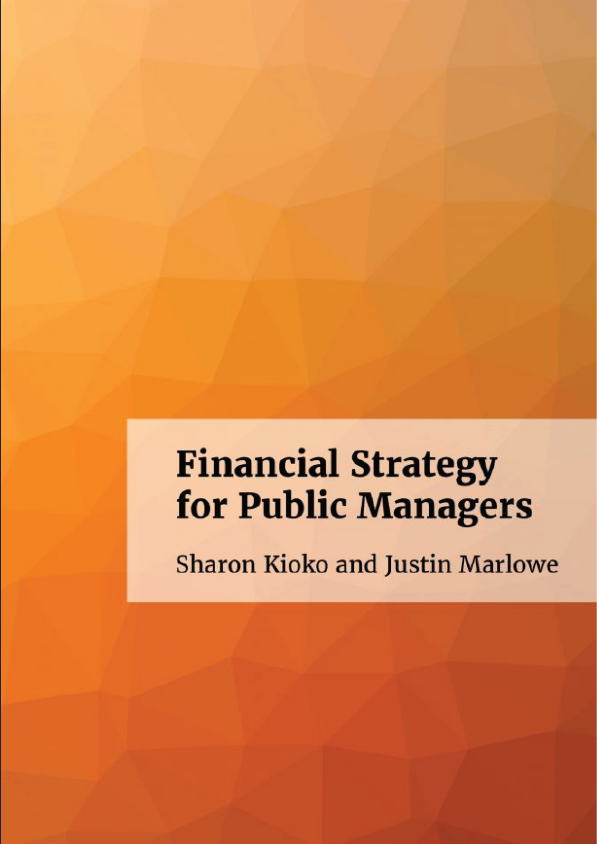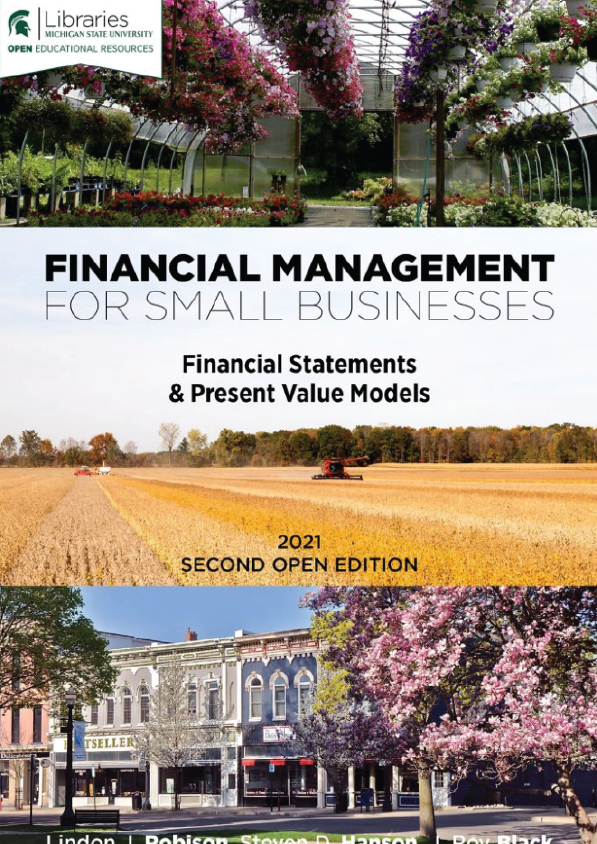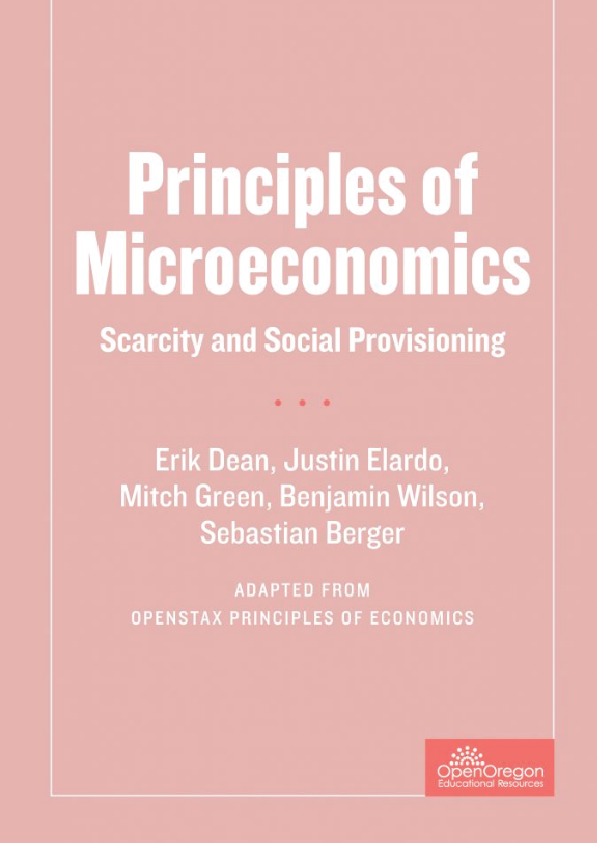Financing old age or pensions is a challenge for individuals and societies. Longevity has been rising across the world. More more relevant to retirement, life expectancy at age 60 has also been on the increase according to the World Health Organization (Global Health Observatory Data of the World Health Organization). For example, in Canada, life expectancy at age 60 went up from 22.7 years in the year 2000 to 25.7 years in the year 2016. With rising longevity there is a growing concern whether individuals and societies are prepared to take on the responsibility of financing retirement at expected and sustainable levels. A recent analysis notes a decline in the rate of increase of life expectancy in developed countries since 2011. However, the long-term outlook of longevity increases and impact on sustainability of pensions remains uncertain.
From a finance perspective there is another reason why we need to study pensions. Much of what we discuss in standard finance curriculum assumes an individual decision maker motivated by self interest and capable of utilizing all available information in its decisions. However, as Global Asset Tables show (Wills Towers Watson, 2018), most financial assets are managed in institutional settings where agency conflicts are typical. In an organizational or institutional setting multiple decision makers are involved in principal agent relationship where given their differing objective functions, agency conflicts will be pervasive. It is important that we explore how stylized decision rules of finance play out in an organizational setting. The pension sector is an example of a sector where decisions are taken in an institutional setting and agency conflicts are endemic. As a sector it offers a unique opportunity to explore how financial decisions are taken in an institutional setting with inherent agency conflicts.
The Three Major Financial Decisions
Financing education, home ownership and old age are three major personal financial decisions that an individual or a household will make over their lifetime. Of the three, financing old age is the more complex decision. Education and home ownership decisions are relatively less challenging for an individual as the costs are over the long-term and are contractual. Also, the benefits of these decisions become apparent almost immediately. If you enroll in an educational program you gain knowledge, skills and understanding. You improve your career and earning prospects in the medium and long-term, and experience other socio-economic benefits over a lifetime and over generations. When you buy a house, you start living in it and experience a change in your cash outflow from paying rent to contributing to a long-term asset – the house. Thus, the benefits of education and home ownership are front loaded and there is a contractual obligation to pay back borrowed money over the long term.
In contrast, the sequencing of benefits and costs are flipped in financial planning for retirement. The costs are non-contractual and represent a unique challenge to an individual as they are incurred in the present and benefits are expected in the distant future. Longevity and health have a degree of variability at the individual level and this makes the expected benefits from current savings in retirement uncertain. In the discussion that follows, we analyze and explore this unique financial planning decision challenge. Two specific areas of knowledge are relevant for this analysis: our understanding of human rationality as it applies to long-term decisions; and our understanding of the rules of co-operation between individuals in a society, the social contract.
